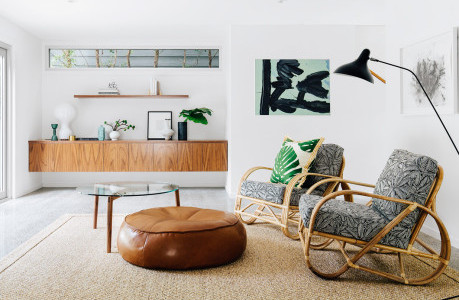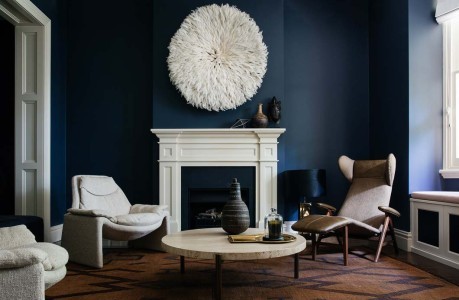
Design industry experts share their tips for creating a WFH environment worth working in
Design industry experts share their tips for creating a WFH environment worth working in
Share
Working from home has become a part of working life. Initially, in the COVID-19 lockdown era, it was something we had to do. Now, two years post-lockdowns, having the flexibility to WFH has been recognised as an important part of what it means to have a sustainable, productive and enriching work life.
This month ADR will bring you tips and insights on how to intentionally create a WFH environment. From industry-leading product designers and interior designers, as well as individuals who have in-depth, first-hand experiences with the final products that you may already have – or desperately need – in your WFH space. With these expert insights, you’ll be able to set up a WFH environment that works for you and with you, not against you.
Our first industry expert is Matt Vescovo, brand director of Zenith. Vescovo has been a part of the Zenith family for close to 15 years, starting his journey in Western Australia as the sales manager. Prior to joining Zenith, Vescovo was a buyer for a furniture and homewares brand and studied project management while working.
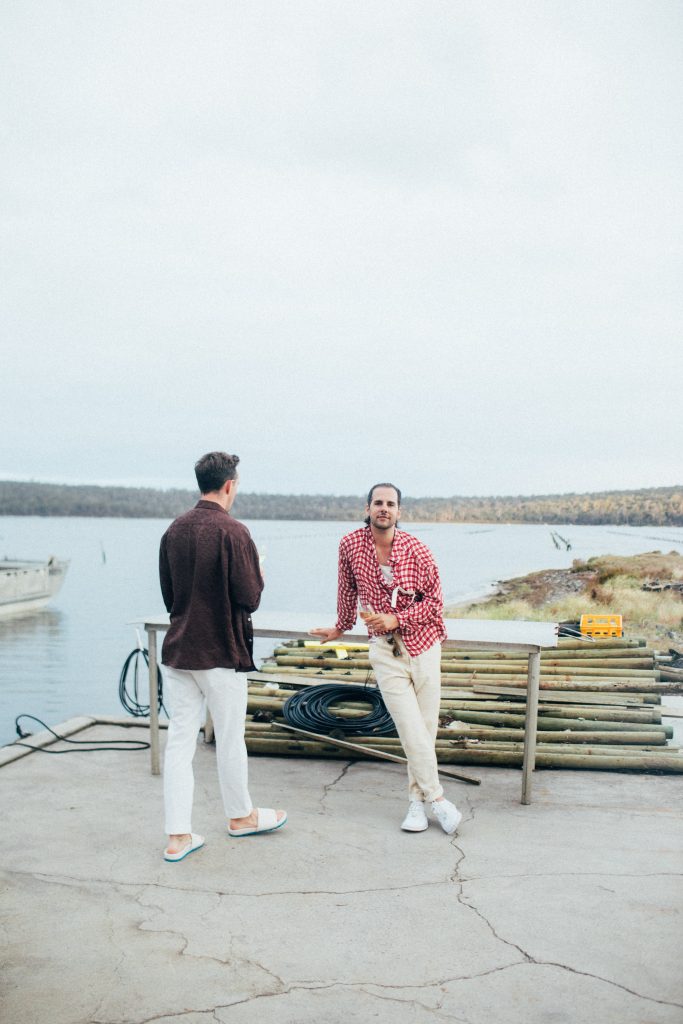
As brand director, Vescovo’s intimate knowledge of all the elements that go into a living or working environment comes to the fore. It was this knowledge, combined with his passion for the industry, which led him to quickly transition from sales manager to his current role, spearheading the design direction of the brand, including Zenith’s global network of showrooms.
ADR spoke with Vescovo’ to find out the sources of his design inspiration and uncover what he believes are the essential elements of a WFH environment, and one he actually wants to work in.
ADR: There are so many talented designers in Australia. Can you tell us who you’re most inspired by?
MV: We have some of the best interior and architecture practices and projects in the world – especially in the workplace and residential sector which I’m obsessed with. Designers I love — well, I can’t fault anything that studios like Arent&Pyke, YSG and Flack do. Everything is so richly layered, which is very much my style.
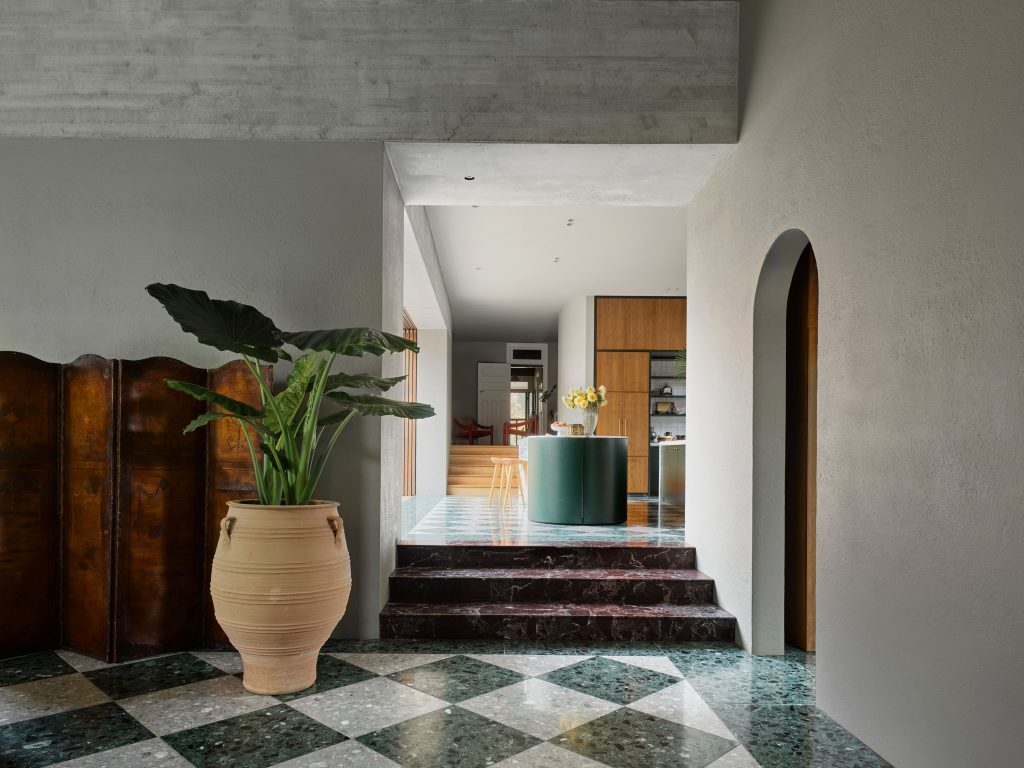
J.AR Office is doing some exciting architectural projects up in Brisbane. And then there are powerhouse practices like Carr, Bates Smart, Luigi Rosselli Architects, and Smart Design Studio who can all really blow my mind. Josh and Lily of Pattern Studio also have that uber-cool factory, which sparks joy.
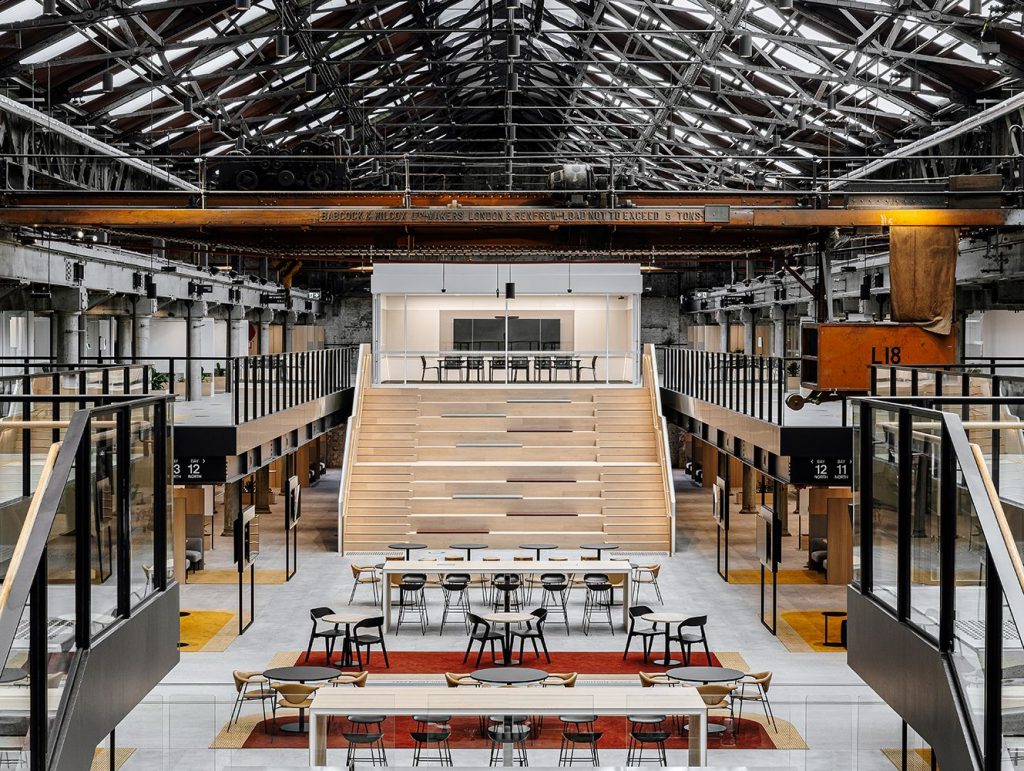
ADR: What is your approach to creating a WFH space you actually want to work in?
MV: Natural light is key, and lots of good air circulation. Don’t be tucking yourself in the dark spare bedroom – bring yourself out into the open, airy parts of your home. I’m in the process of converting a sunroom into the ultimate working space – the outlook is great with two big double-hung sash windows.
ADR: What are the most important pieces of furniture for a WFH space and why?
MV: Professionally, I should say the chair would have to be the most important piece, but I think the lighting is most important. That could be a task light that sits on the desk or table, or a pendant overhead.
The light I have on my desk at home is the Anglepoise Type 75. It’s a classic.
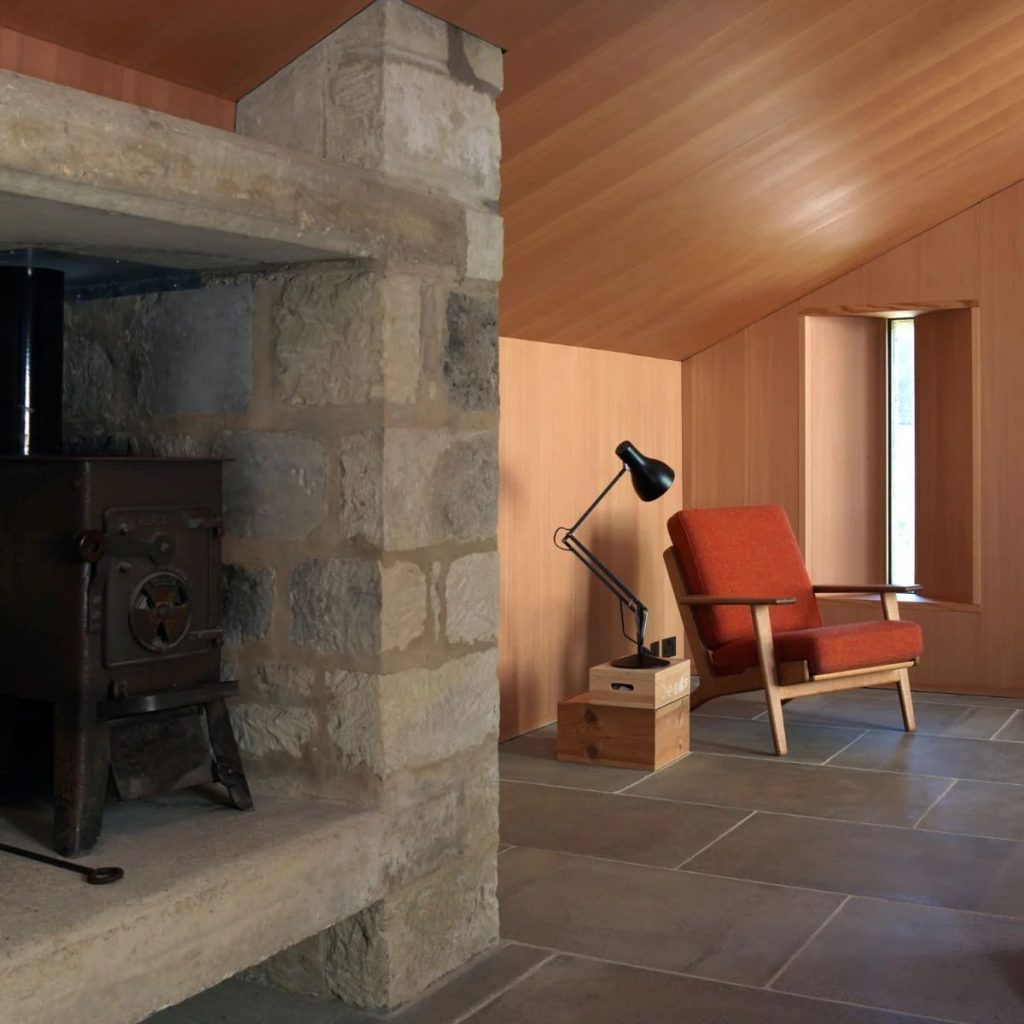
In my sunroom conversion, I am planning to hang the new Gantry Linear by South Drawn overhead. The raw aluminium finish with the curly cord is special.
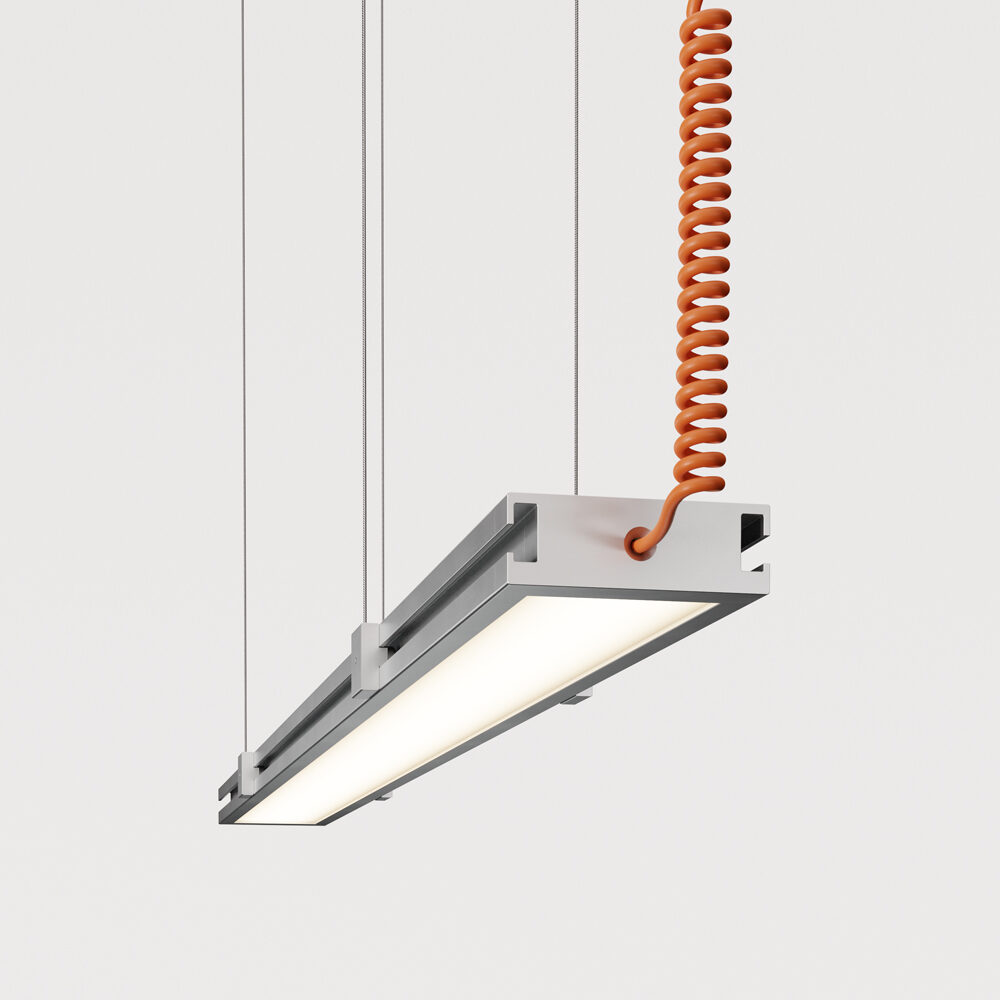
The next most important piece, after lighting, is the chair. For me, it would have to be Zenith’s new Denn chair. Designed by the great minds at Formway, it’s our first task chair that you’d comfortably (literally and physically) have sitting in your home. It doesn’t look like a traditional task chair, which I love.
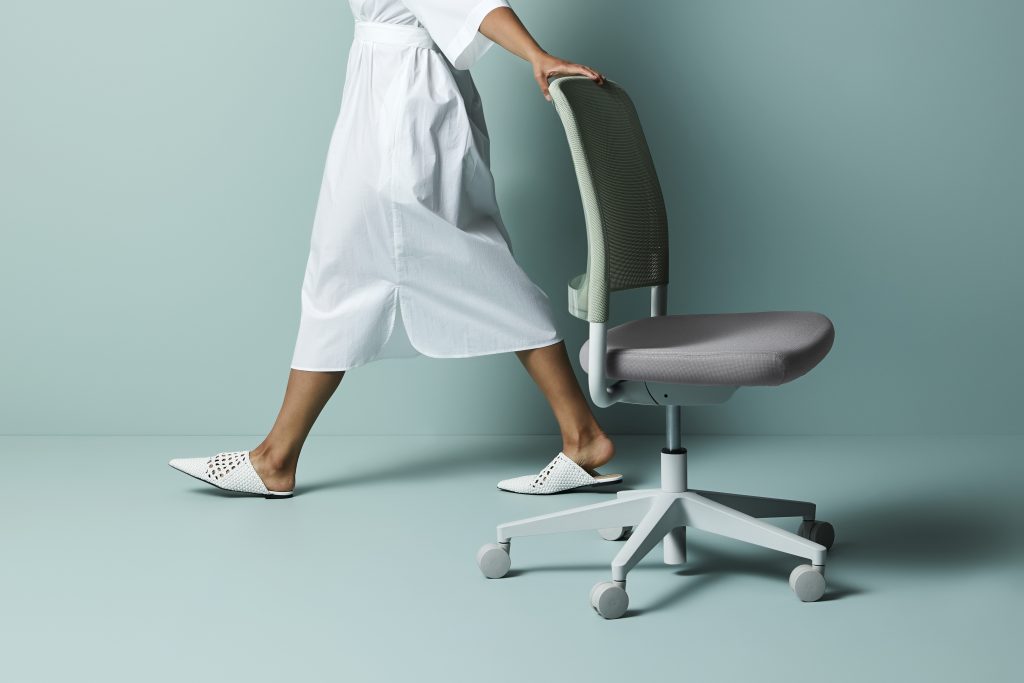
ADR: WFH can get messy — sometimes your work spills into spaces of your home that you may not want it to. How do you stay organised, and what are the most important organisation products?
MV: Organisation is something I should be better at; I’m usually throwing things loosely into deep pull-out draws I have in my space.
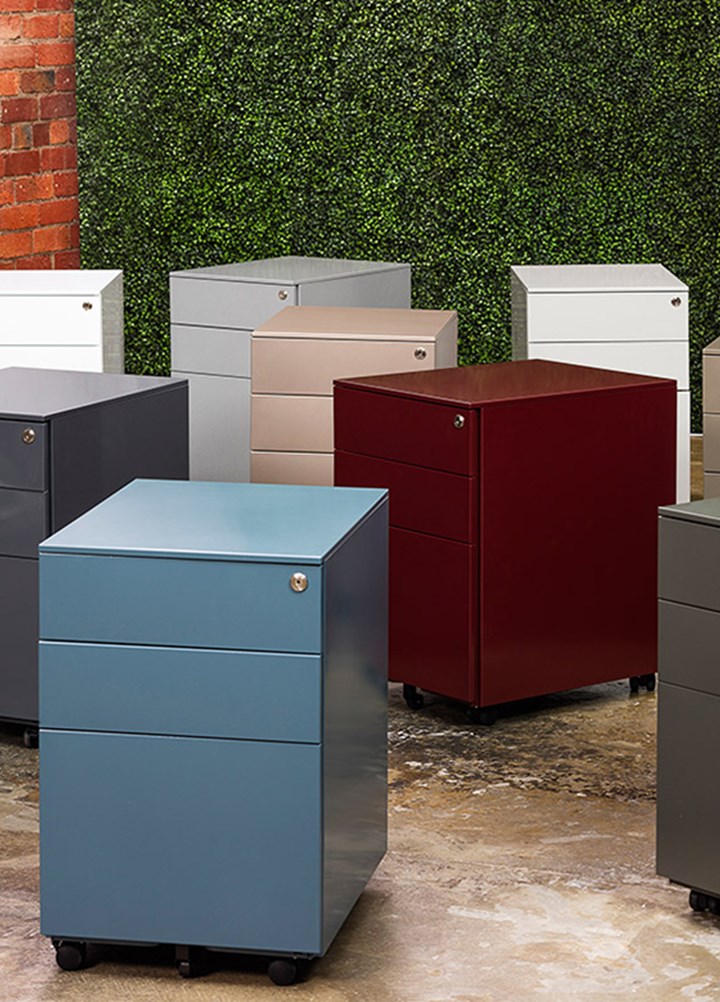
A desktop caddy is always useful for organising stationery and storing small things like samples of stone, laminates and fabric. The Muuto storage toolbox is a personal favourite.
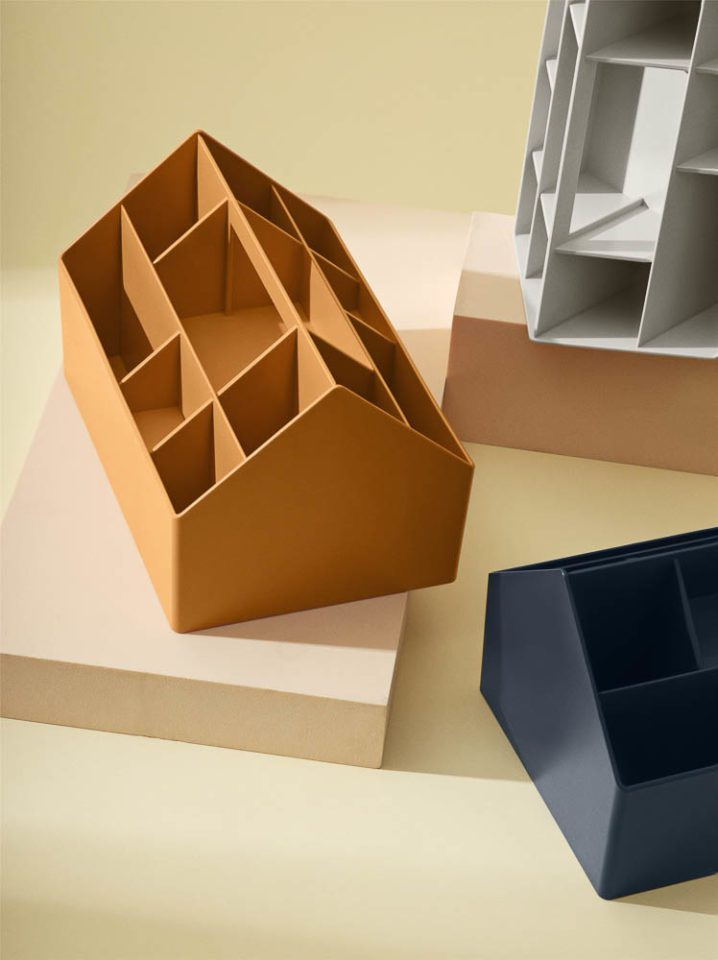
ADR: How do you inject personality and creativity into a WFH space?
MV: Finishes, finishes finishes… Followed by plants and designer objects. I like to be surrounded by tactile, vibrant things, so when I’m spending the day on video calls, I’ve got nice things to look at and touch.


